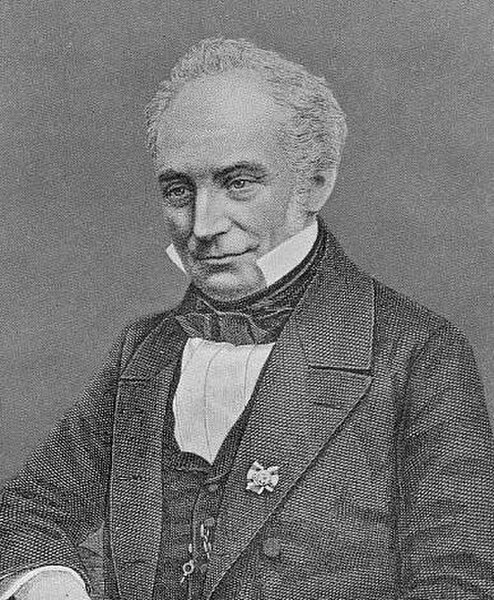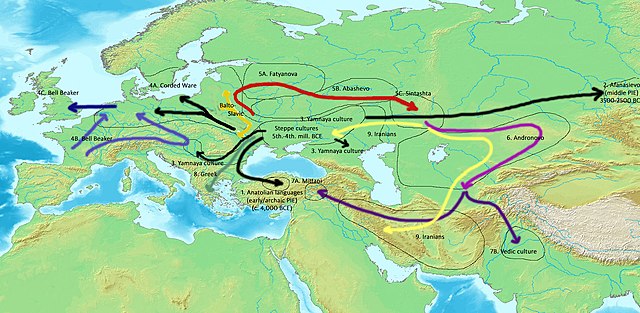The Phrygian language was the Indo-European language of the Phrygians, spoken in Anatolia, during classical antiquity.
6th century BCE inscription with the Phrygian alphabet from the Midas Tomb, Midas City: ΒΑΒΑ: ΜΕΜΕϜΑΙΣ: ΠΡΟΙΤΑϜΟΣ: ΚΦΙJΑΝΑϜΕJΟΣ: ΣΙΚΕΝΕΜΑΝ: ΕΔΑΕΣ (Baba, memevais, proitavos kziyanaveyos sikeneman edaes; Baba, advisor, leader from Tyana, dedicated this niche).
The Midas inscription over the cornice of the Midas monument. It reads Ates... Midai lavagtaei vanaktei edaes ("Ates... has dedicated [this monument) to Midas, leader of the people and ruler").
The Indo-European languages are a language family native to the overwhelming majority of Europe, the Iranian plateau, and the northern Indian subcontinent. Some European languages of this family—English, French, Portuguese, Russian, Dutch, and Spanish—have expanded through colonialism in the modern period and are now spoken across several continents. The Indo-European family is divided into several branches or sub-families, of which there are eight groups with languages still alive today: Albanian, Armenian, Balto-Slavic, Celtic, Germanic, Hellenic, Indo-Iranian, and Italic; another nine subdivisions are now extinct.
Franz Bopp was a pioneer in the field of comparative linguistic studies.
Indo-European language family tree based on "Ancestry-constrained phylogenetic analysis of Indo-European languages" by Chang et al.
Scheme of Indo-European language dispersals from c. 4000 to 1000 BCE according to the widely held Kurgan hypothesis. – Center: Steppe cultures 1 (black): Anatolian languages (archaic PIE) 2 (black): Afanasievo culture (early PIE) 3 (black) Yamnaya culture expansion (Pontic-Caspian steppe, Danube Valley) (late PIE) 4A (black): Western Corded Ware 4B-C (blue & dark blue): Bell Beaker; adopted by Indo-European speakers 5A-B (red): Eastern Corded ware





